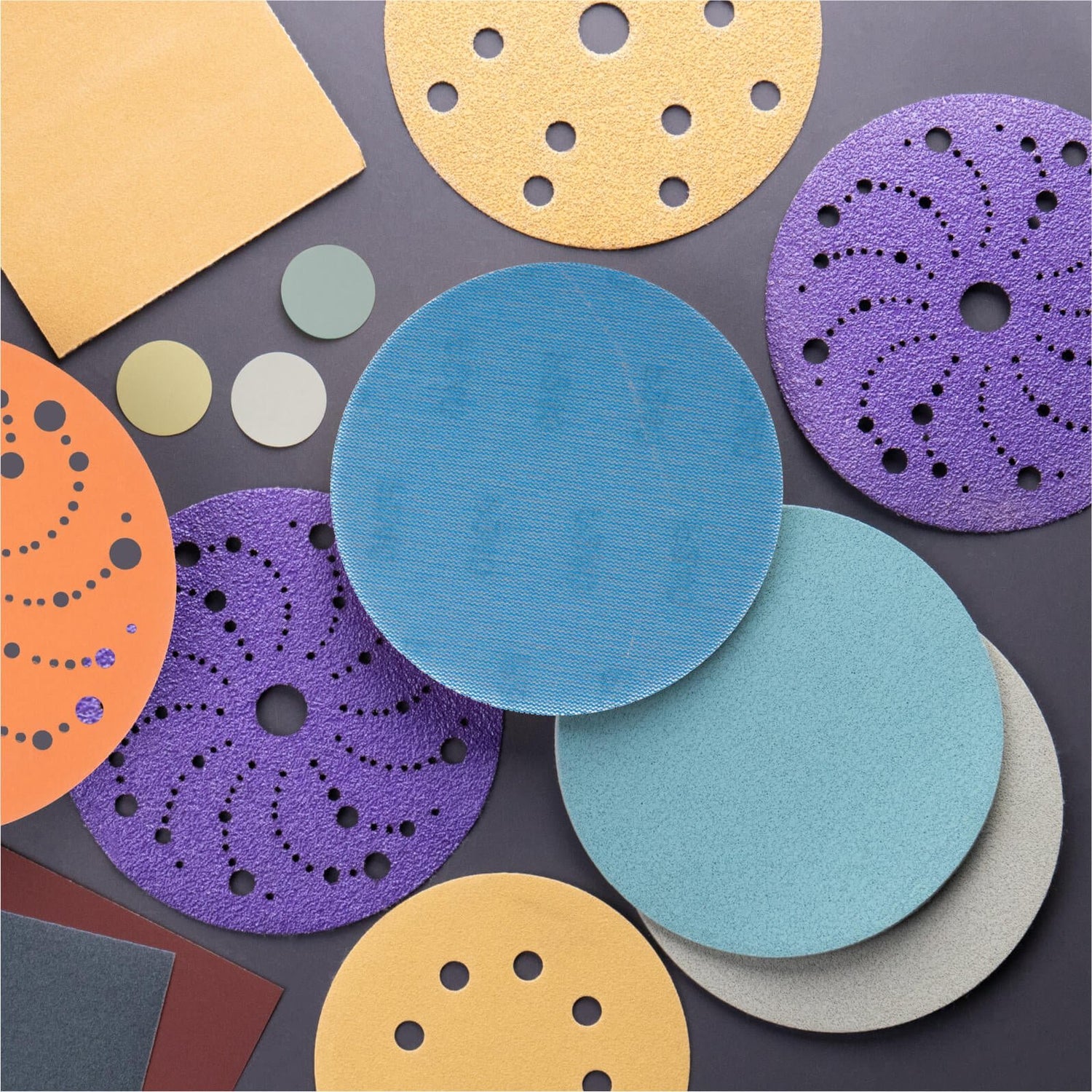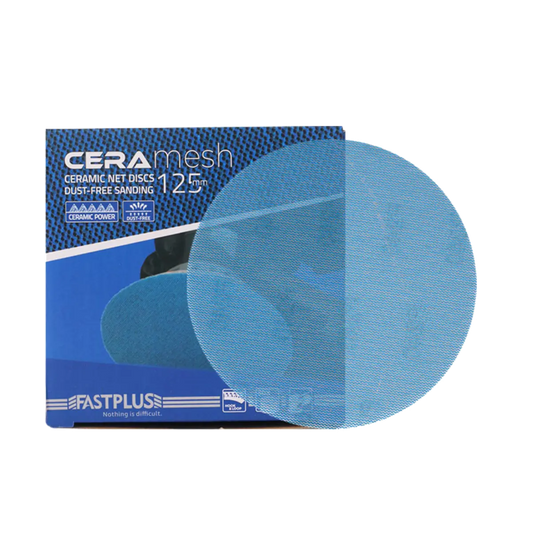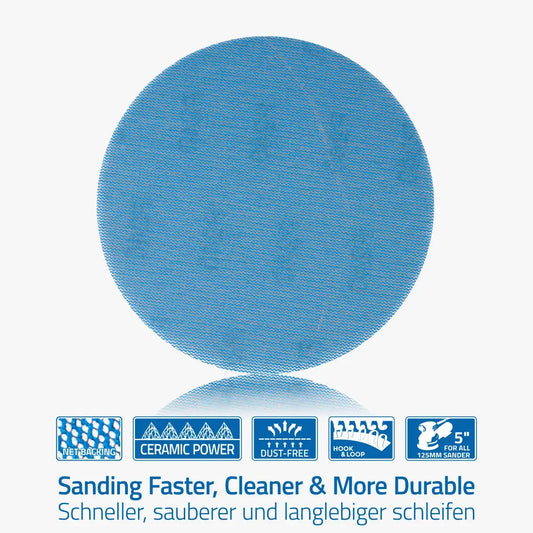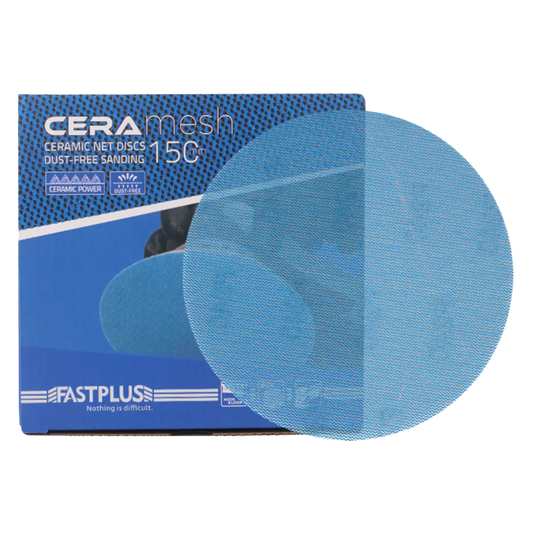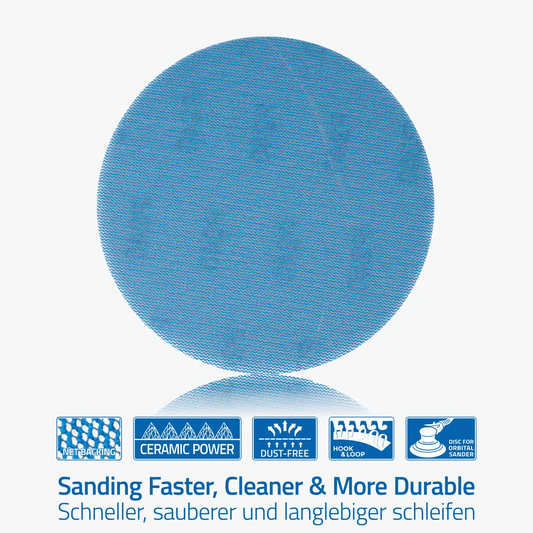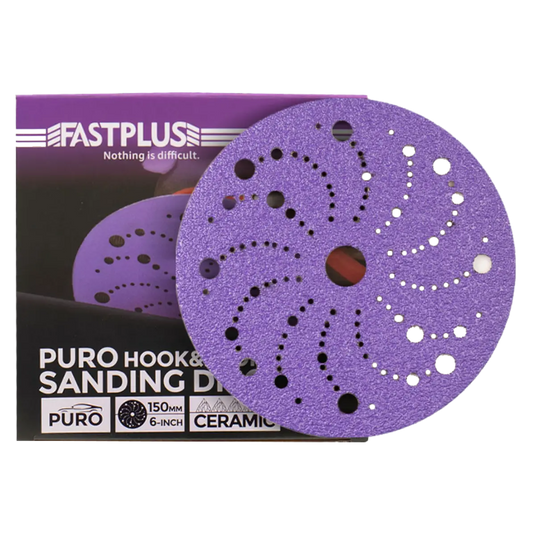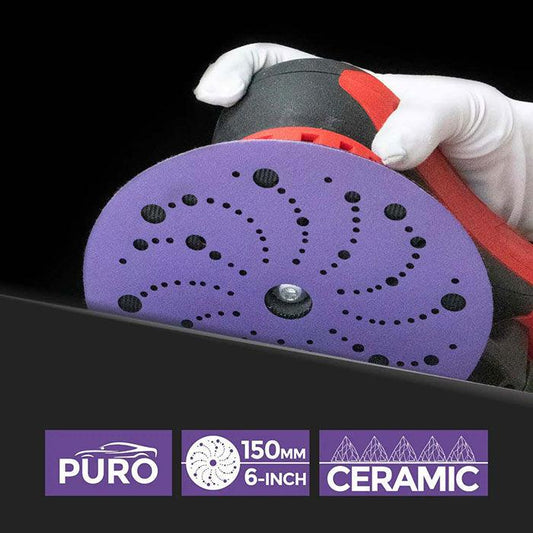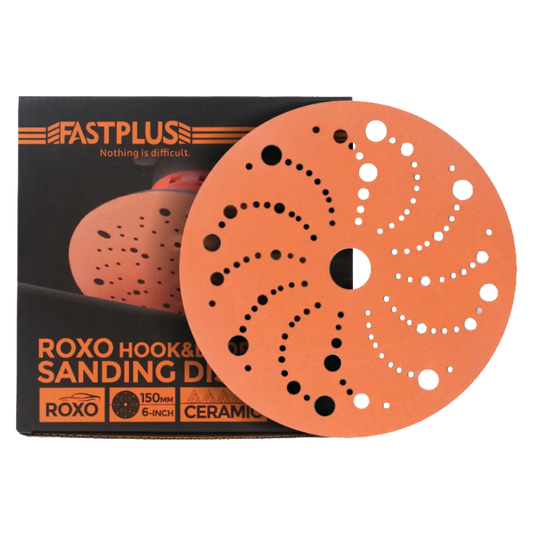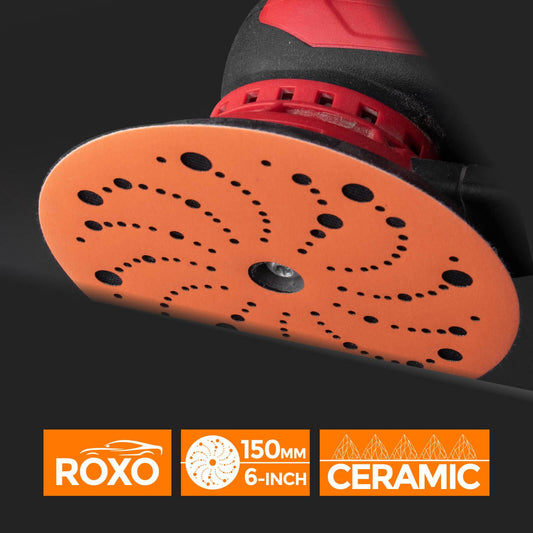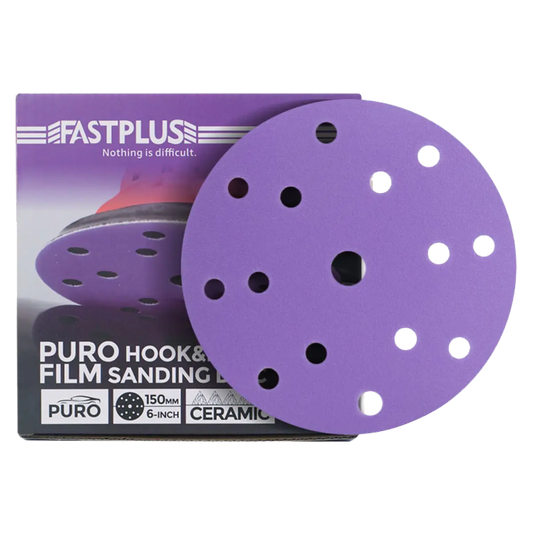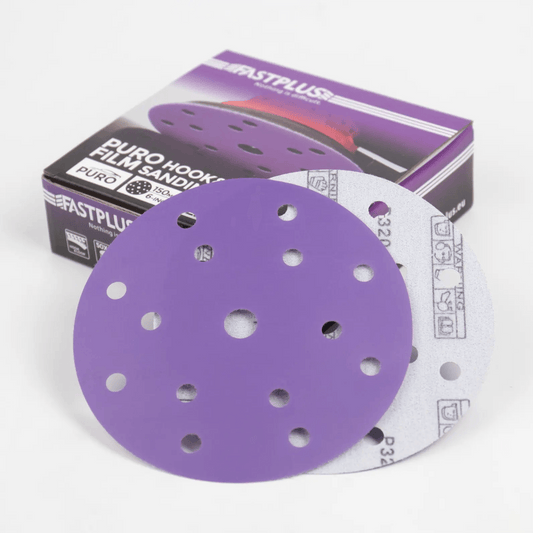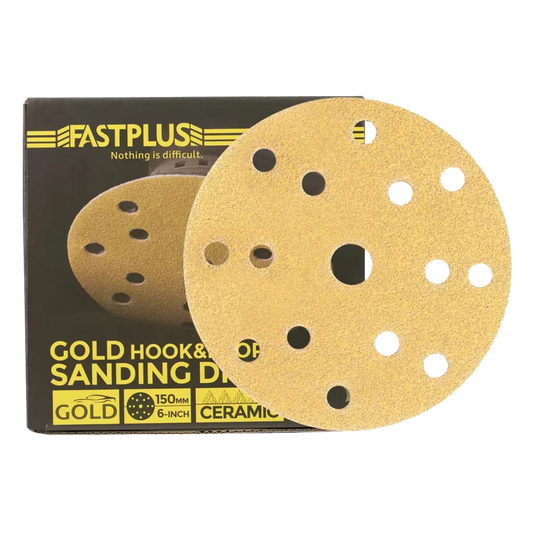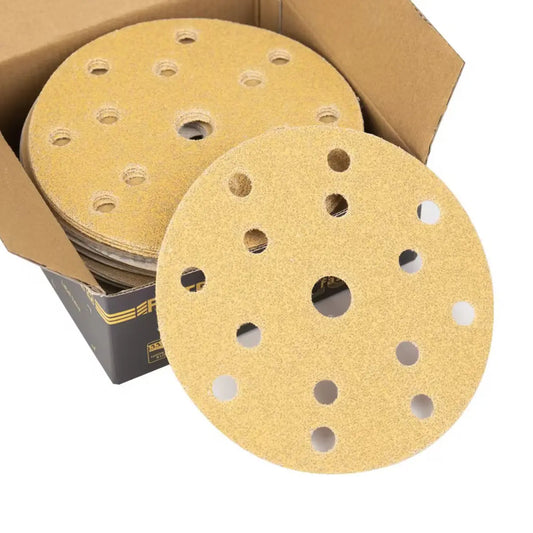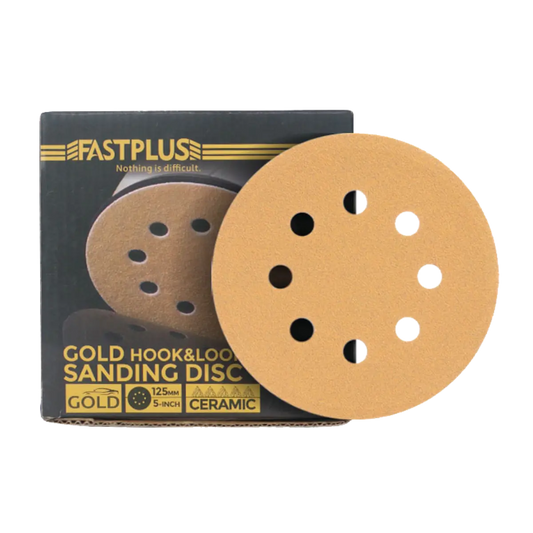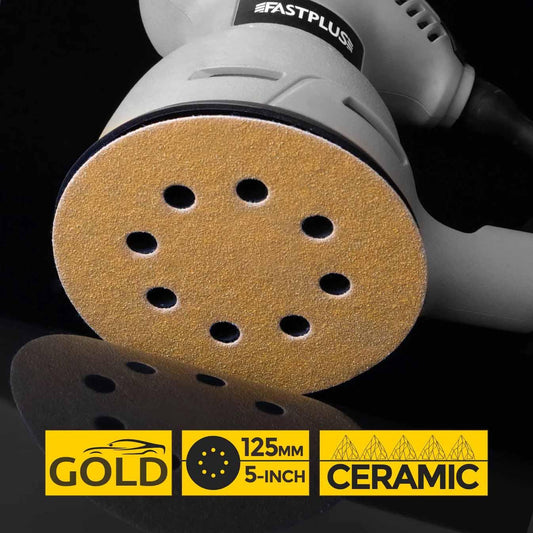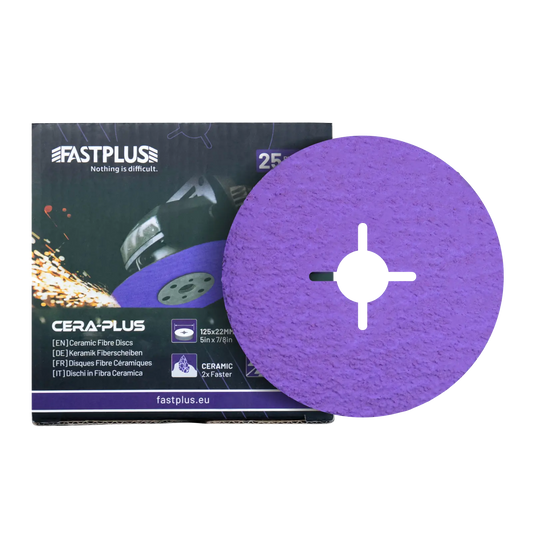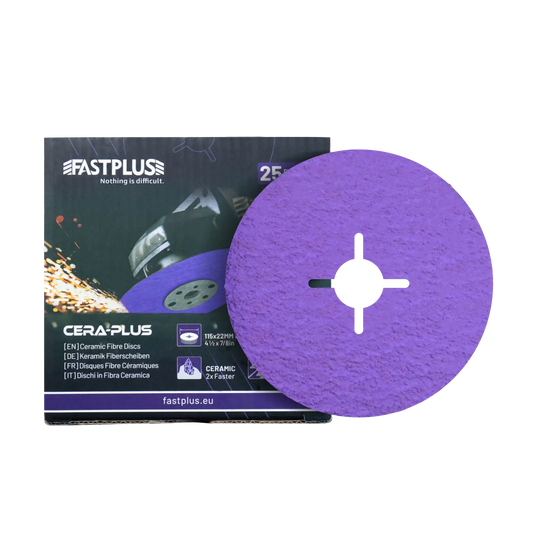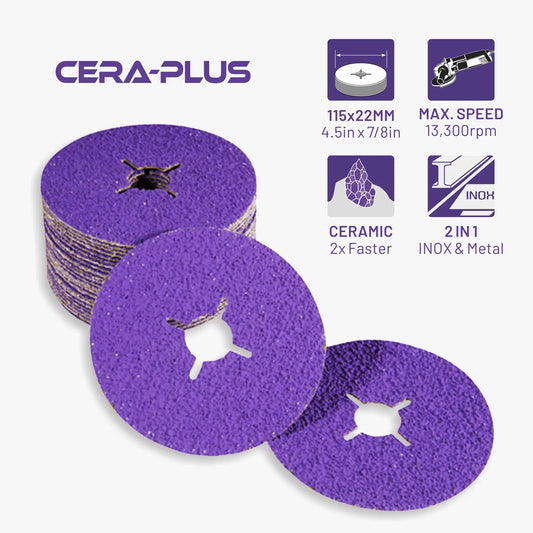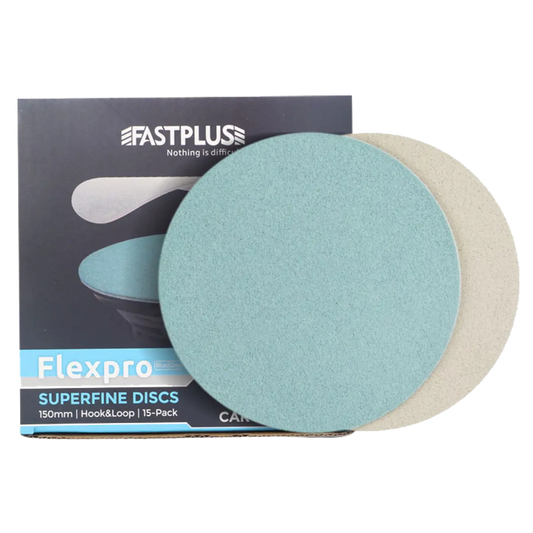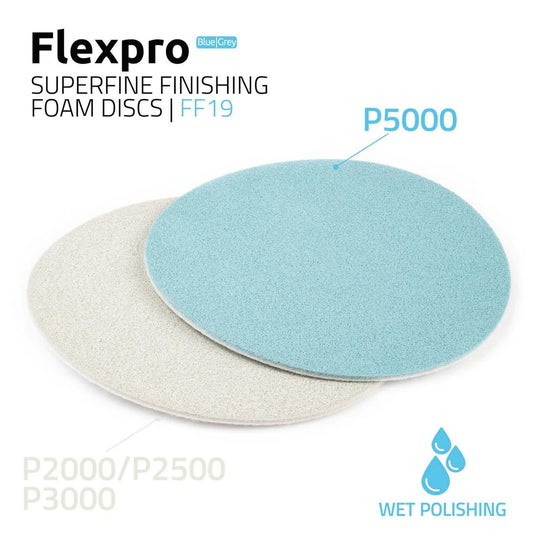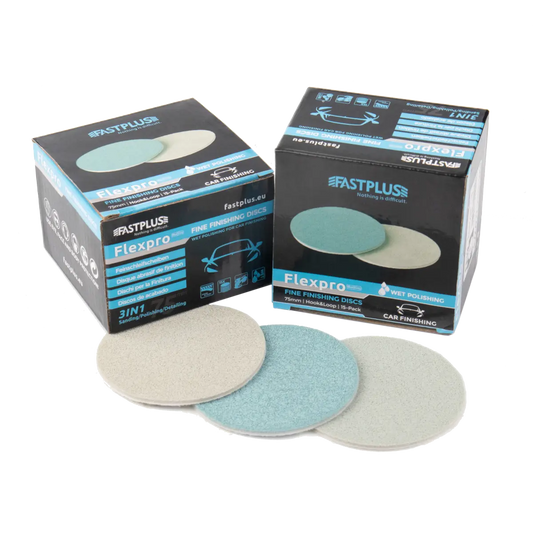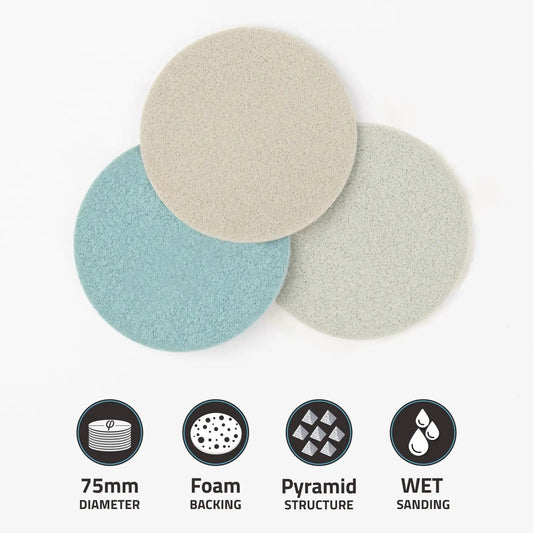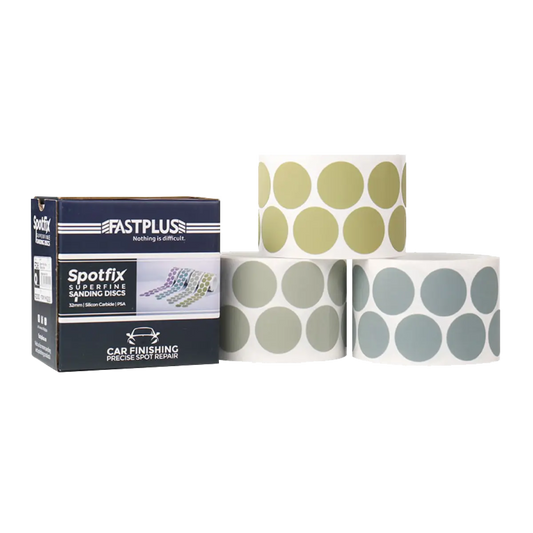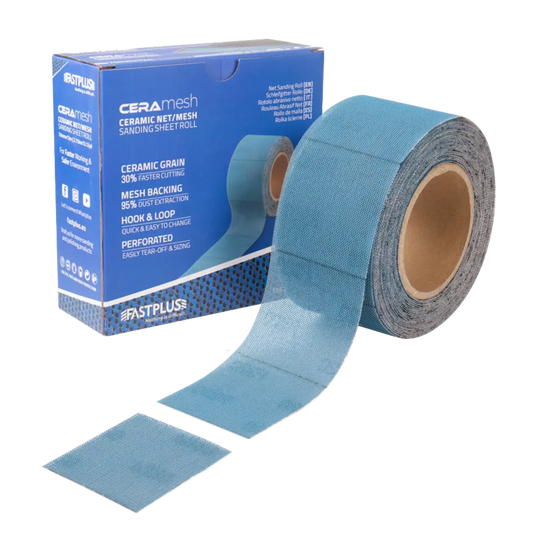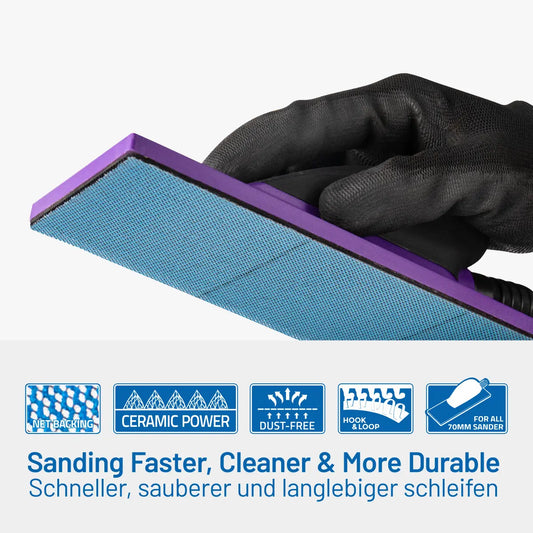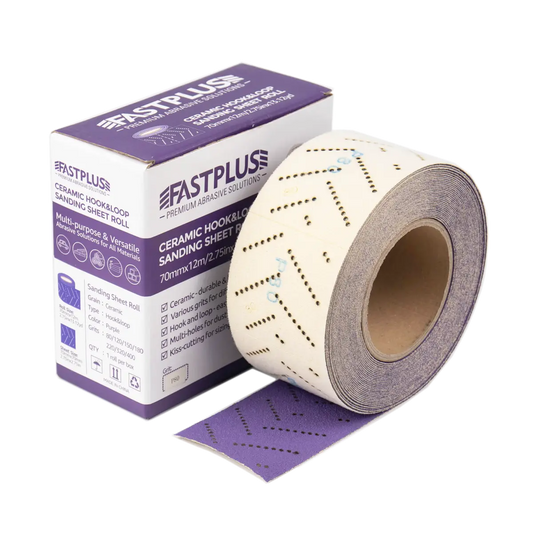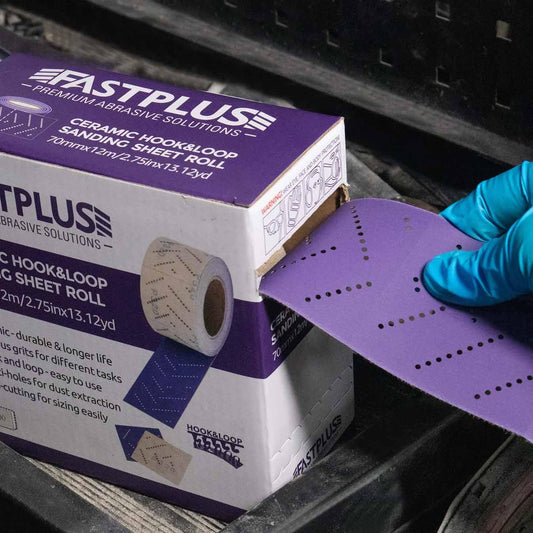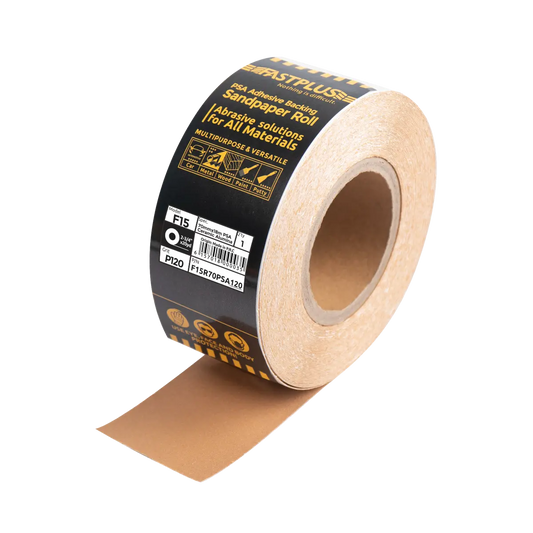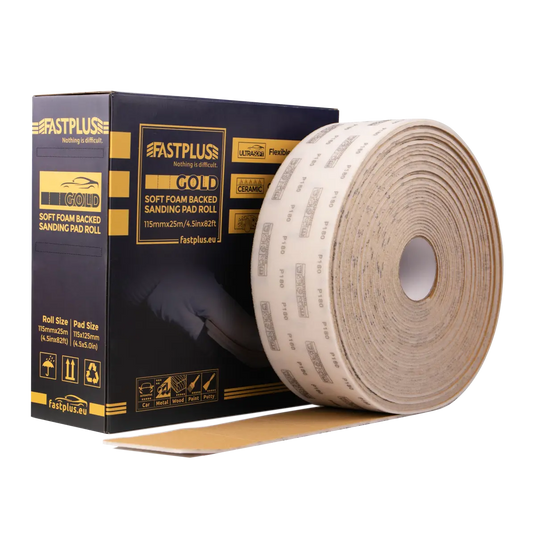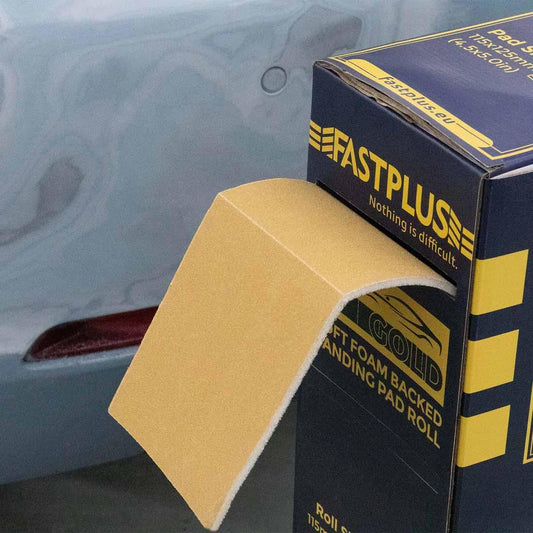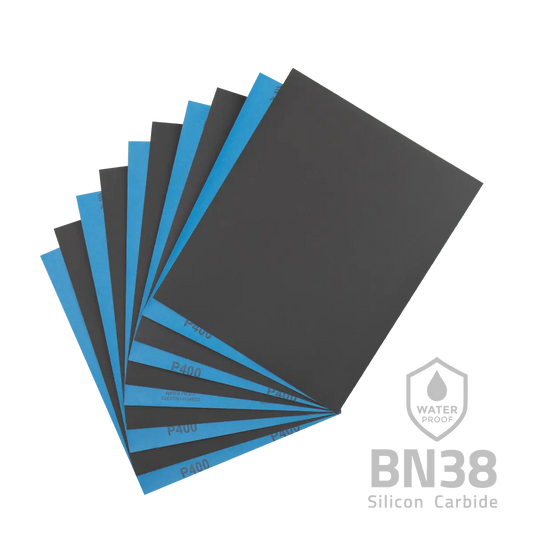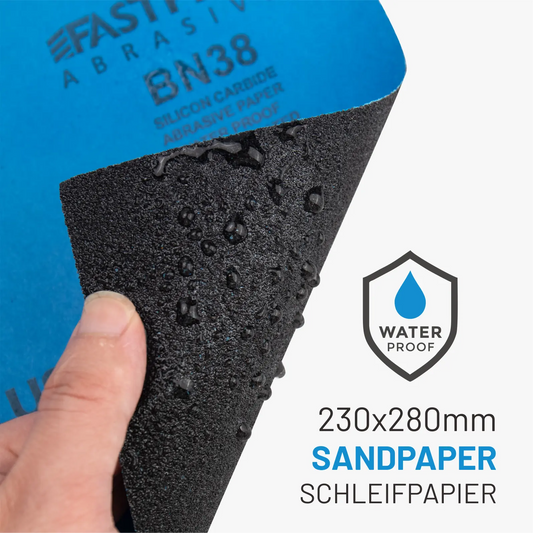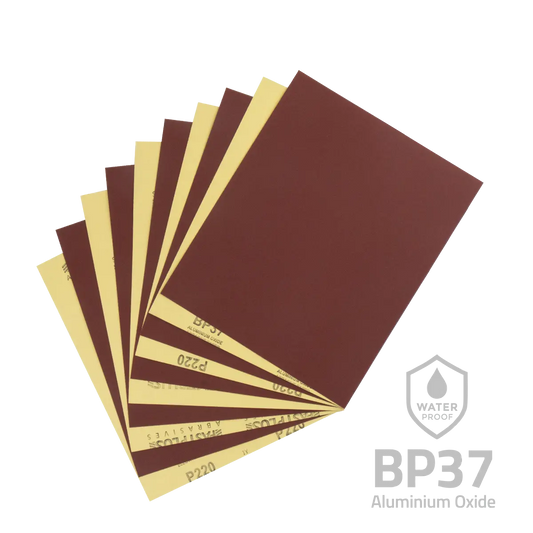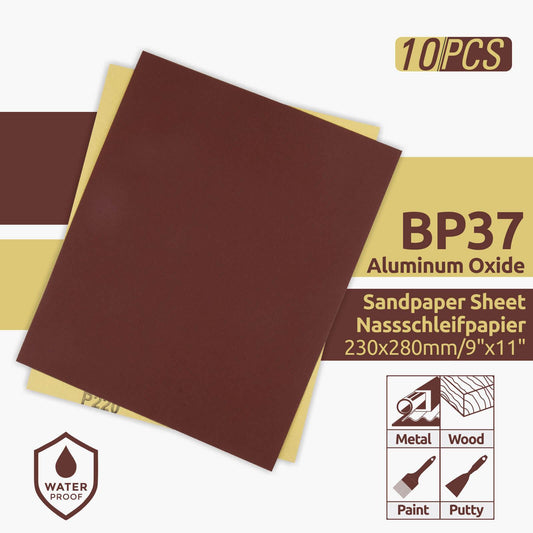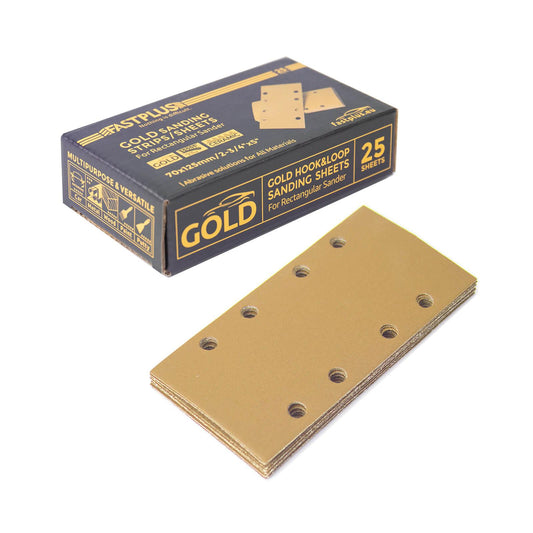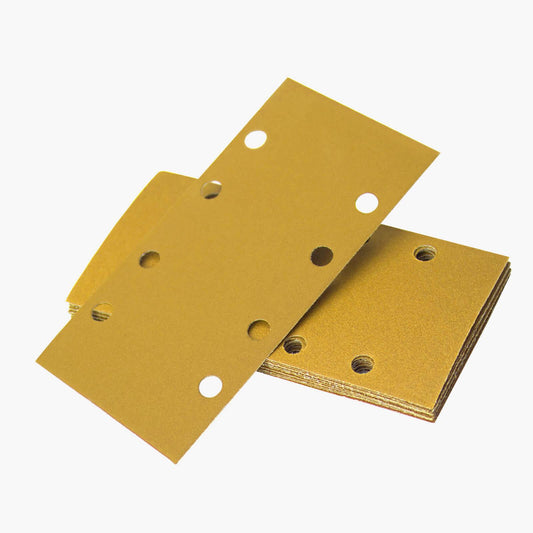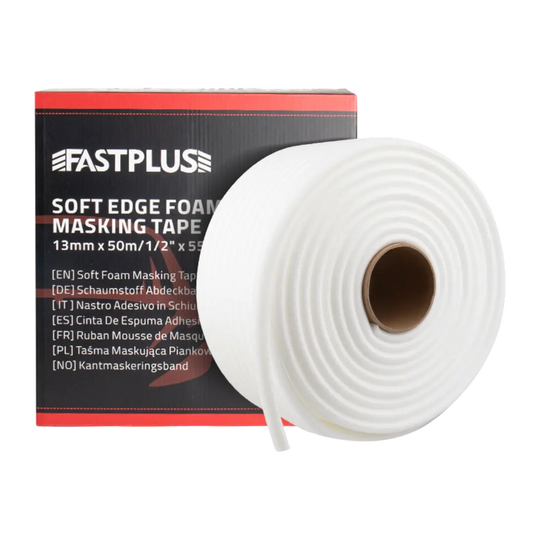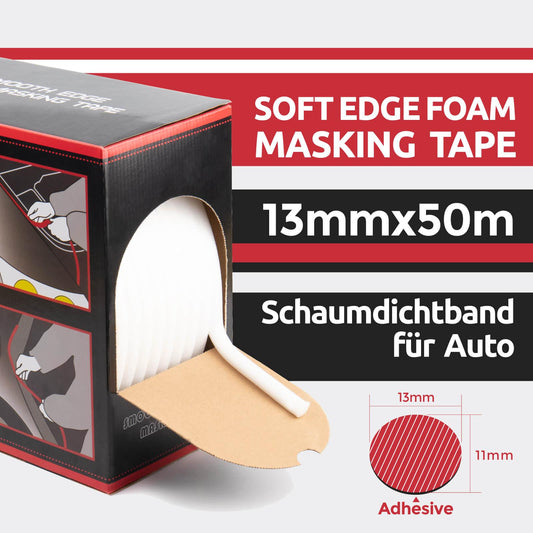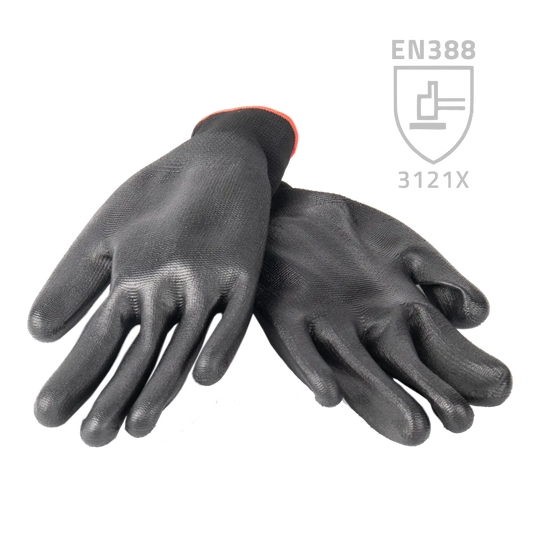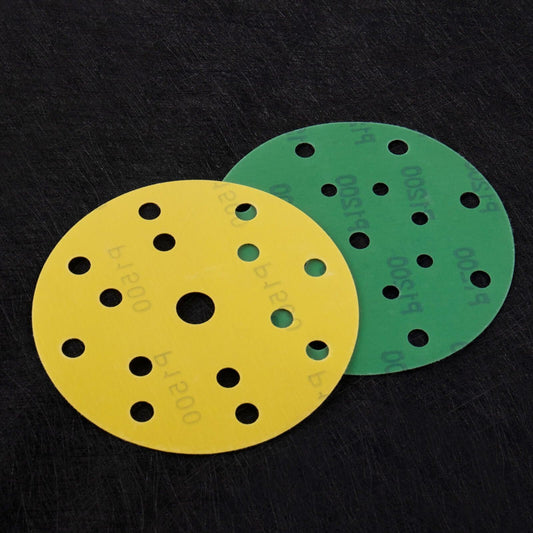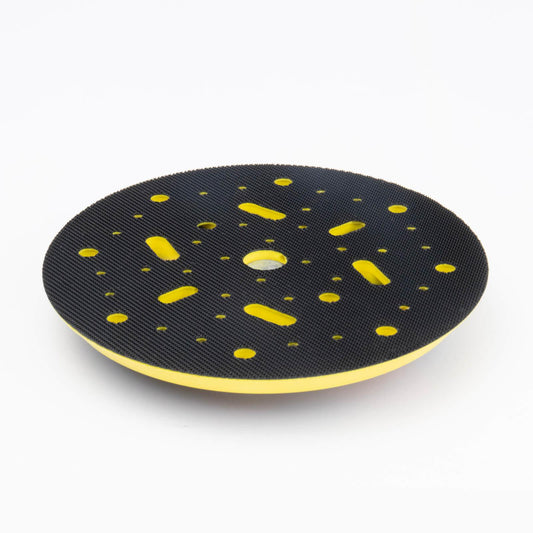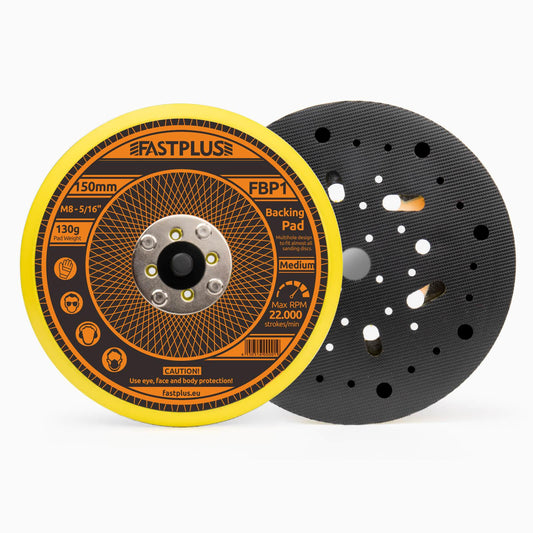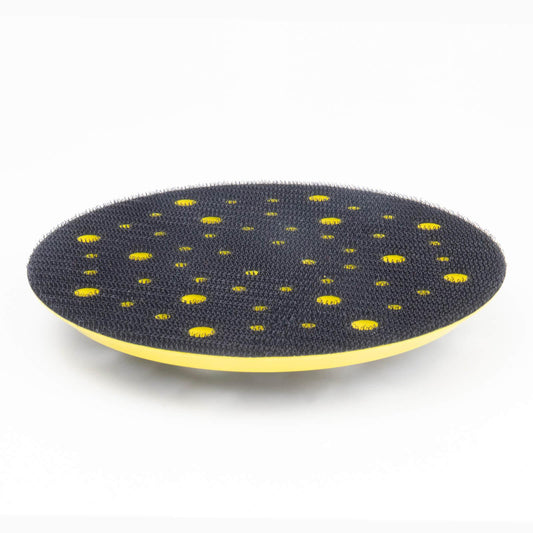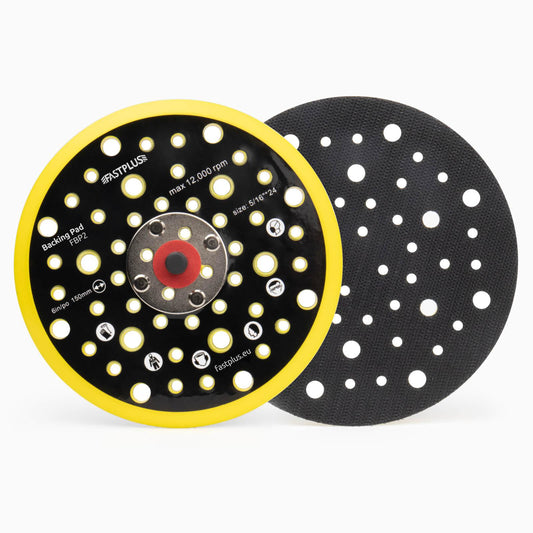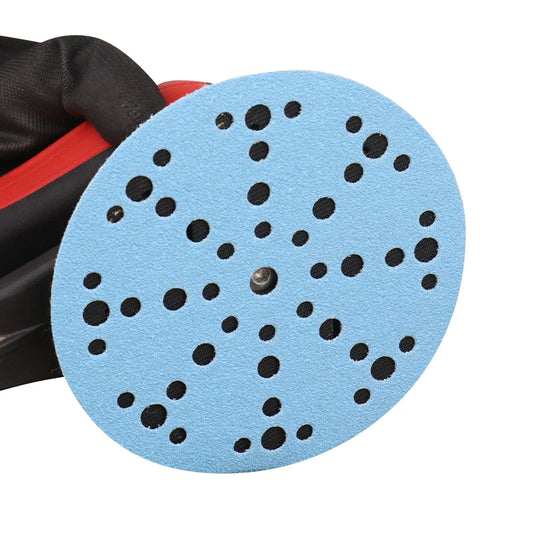
DIY: The Right Way to Repair Your Acoustic Guitar Finish
Over time, your acoustic guitar’s finish can develop various issues from regular play and exposure to the elements. Scratches, dents, and other blemishes are almost inevitable unless you plan to keep your cherished guitar in a case forever. In this blog, we’ll guide you through common guitar finish problems and offer some DIY methods to repair minor imperfections.
Before diving into repairs, it’s crucial to understand that working on your guitar’s finish can be challenging. If you’re inexperienced, there’s a high risk of making the problem worse or more obvious. Start practicing on an inexpensive, less valuable guitar before attempting any repairs on your prized instrument. Now, let’s get started on repairing your guitar’s finish.
Understanding Types of Acoustic Guitar Finishes

Nitrocellulose Lacquer
Nitrocellulose lacquer is a classic finish used on many vintage guitars due to its thin, breathable layer that enhances the wood's natural tone and resonance. It dries quickly and can be polished to a high gloss. However, it is prone to wear and can develop cracks over time. This finish is relatively easy to repair but requires careful application to avoid uneven results.
Polyurethane
Polyurethane finishes are known for their durability and resistance to scratches, moisture, and UV light. This type of finish creates a thick, protective layer that can significantly alter the guitar’s tone, often resulting in a slightly muted sound compared to nitrocellulose. While it’s more resistant to damage, repairing polyurethane finishes can be challenging due to their hardness and thickness.
Shellac (French Polish)
Shellac, or French polish, is a traditional finishing method known for its warm, rich appearance and excellent tonal qualities. Applied in multiple thin layers, it allows the wood to breathe and resonates well with the guitar’s natural sound. However, it’s less durable than modern finishes and can be prone to wear and damage. Repairing shellac requires skill to blend new and old layers seamlessly.
Natural Oil Finishes
Natural oil finishes, such as tung oil or linseed oil, provide a subtle, natural look that enhances the wood's grain without adding a thick layer. They are relatively easy to apply and maintain, offering a softer, warmer tone. While they protect against moisture to some extent, they can wear down over time and require regular reapplication. Repairing oil finishes involves careful re-oiling and buffing to match the original appearance.
Common Acoustic Guitar Finish Issues
Scratches and Dents
Scratches and dents are common and vary in severity. To assess their depth, gently run your fingernail over the area. If you can feel a ridge, the scratch is deeper. Light scratches that don’t catch your nail are usually superficial and easier to fix. Dents can be more challenging; they often require special techniques to lift the wood back into place. Both issues can be repaired with careful sanding and polishing.
Finish Cracks
Finish cracks can range from superficial to deep. Superficial cracks are often just in the finish layer and can be repaired with minor sanding and touch-up. Deep cracks penetrate the wood, potentially affecting structural integrity. To differentiate, examine if the crack is only in the finish or if it extends into the wood. Deep cracks may need more extensive repair, including filling and refinishing.
Cloudy or Hazy Finish
A cloudy or hazy finish can be caused by moisture or improper polishing. To determine if the issue is surface-level, inspect under direct light; if the haze is only on the surface, a thorough cleaning and polishing may restore clarity. If the haze is deeper, it might require wet sanding with very fine grit sandpaper and re-polishing to achieve a clear finish.
Wear and Tear
Wear and tear typically occur on high-contact areas like the back of the neck and body edges. Short-term wear might include minor scuffs or gloss loss, which can be addressed with polishing. Long-term wear, such as significant fading or thinning of the finish, might need more involved repairs or even partial refinishing to restore the guitar’s original look and protection.
Stains and Discoloration
Stains and discoloration can result from exposure to sweat, dirt, or chemicals. To assess the extent, check if the discoloration is surface-level or has penetrated the finish. Surface stains can often be cleaned with appropriate cleaners, while deeper discoloration might require light sanding and application of a matching finish or touch-up lacquer to blend with the original color.
Repairing Common Finish Issues

Repairing Scratches and Dents
- Clean the Surface: Before starting any repairs, thoroughly clean the affected area with a soft cloth and a mild guitar cleaner. This ensures the surface is free of dust, dirt, and oils, which could interfere with the repair process.
- Assess the Damage: Determine the depth of the scratch or dent. Light scratches that don’t catch your fingernail can often be polished out, while deeper ones may require more extensive work.
- Sanding: For shallow scratches, use fine-grit sandpaper (1000 to 1500 grit) to lightly sand the area in circular motions. For deeper scratches or dents, start with coarser grit (600 to 800), then gradually move to finer grits to smooth out the surface.
- Polishing: After sanding, the area may appear dull. Restore the original gloss by applying a high-quality guitar polish with a soft cloth, buffing in circular motions until the finish blends seamlessly with the surrounding area.
Addressing Finish Cracks
- Clean and Prepare: Start by cleaning the cracked area to remove any surface debris. Use fine-grit sandpaper (around 600 grit) to smooth the edges of the crack.
- Fill the Crack: Apply a suitable lacquer or filler that matches your guitar’s finish. Use a small brush or applicator for precision and allow it to dry thoroughly.
- Refinish and Polish: Once dry, lightly sand the area again to level it with the surrounding finish. Finally, use a polishing compound to blend the repair, restoring the smooth, glossy appearance.
Restoring a Cloudy or Hazy Finish
- Identify the Cause: Determine if the haze is superficial or if it extends deeper into the finish. Superficial haze can often be treated with simple cleaning, while deeper haze requires more work.
- Wet Sanding: For deeper haze, use very fine sandpaper (2000 grit) to wet sand the affected area. Keep the surface moist and sand lightly to avoid damaging the finish.
- Polishing: After sanding, clean the area to remove residue, then apply a polishing compound. Buff with a soft cloth until the finish is clear and smooth, blending with the rest of the guitar.
Fixing Stains and Discoloration
- Test Cleaners: Start by gently cleaning the stained area with a soft cloth and mild cleaner. If the stain persists, cautiously use a solvent appropriate for your guitar’s finish.
- Sanding and Refinishing: For stubborn stains, carefully sand the discolored area with fine-grit sandpaper (1000 to 1500 grit). After sanding, clean the area and apply a matching finish or touch-up lacquer, building up layers as needed.
- Blend and Polish: Once the finish is applied and dried, gently buff the area to blend the repair with the surrounding finish, ensuring a uniform appearance.
Dealing with General Wear and Tear
- Assess the Wear: Determine whether the wear requires simple touch-ups or more extensive refinishing. Minor scuffs can often be polished out, while significant damage might need a more thorough approach.
- Sanding and Touch-ups: For minor wear, sand the affected areas with fine-grit sandpaper to smooth out the surface. Apply a matching finish or protective wax, then buff to blend with the surrounding areas.
- Refinishing: If the finish is heavily worn or uneven, consider a full refinishing to restore the guitar’s original look and protection.
Preventing Future Finish Damage
Proper Handling and Storage
To prevent future finish damage, handle your guitar with care and store it properly. Always use a guitar case or cover when not in use to protect it from accidental bumps, dust, and environmental changes. Avoid exposing the guitar to extreme temperatures or humidity, which can cause the finish to crack or warp.
Regular Cleaning and Maintenance
Use appropriate cleaning products designed for guitar finishes, avoiding harsh chemicals that can damage the surface. Gently clean the guitar with a soft, lint-free cloth to remove dust and grime. Regularly polish the guitar with a quality polish to maintain its shine and protect the finish from wear.
Conclusion
Repairing your acoustic guitar's finish can be a rewarding experience, allowing you to restore its beauty and extend its life. With the right techniques and tools, you can address common issues like scratches, dents, and cloudy finishes, ensuring your guitar looks and sounds its best. However, always proceed with caution and consider professional help if you're unsure. With patience and care, your guitar will continue to shine for years to come.
